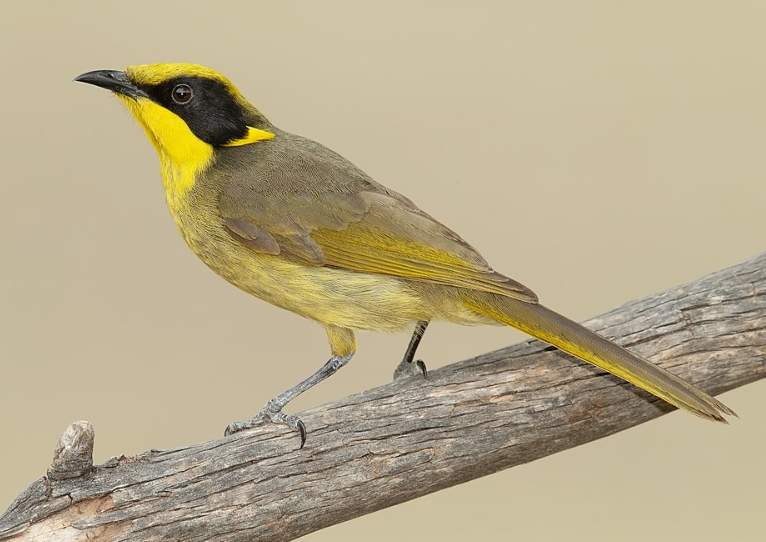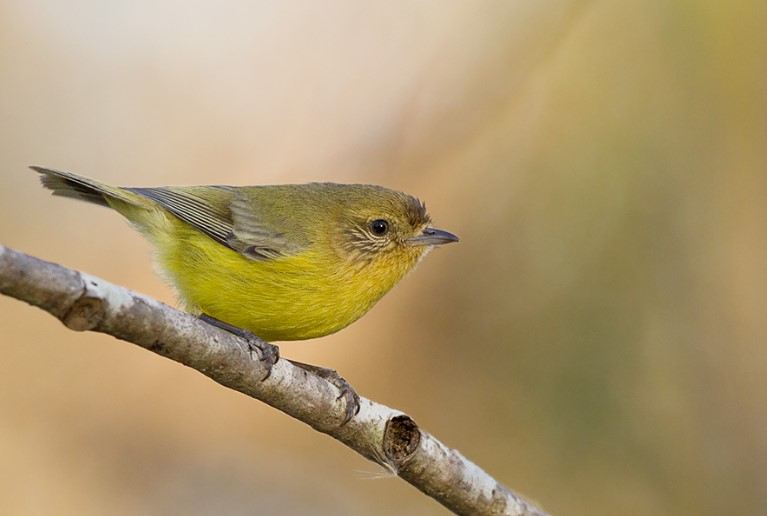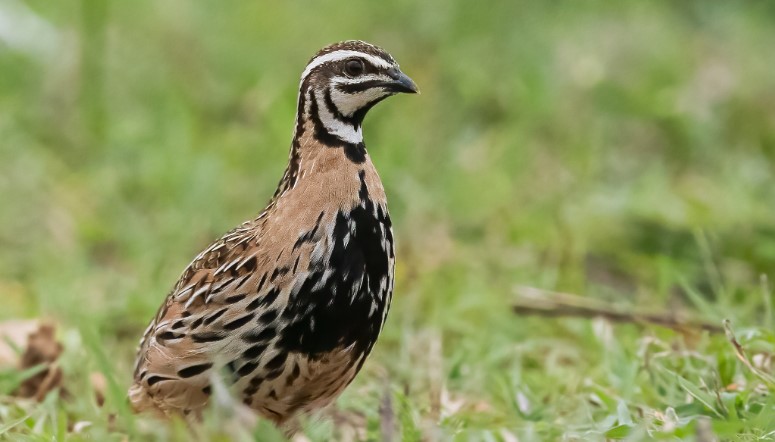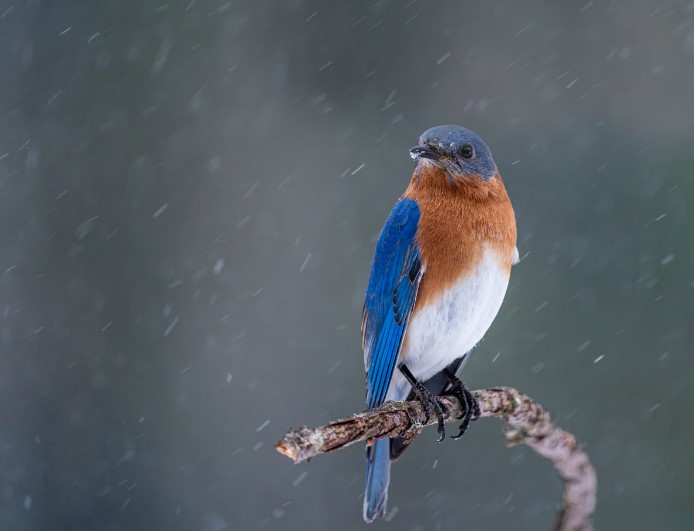Habitat: The vibrant, richly toned yellow honeyeater (Stomiopera flava) replaces the white-gaped honeyeater in streamside thickets and woodlands of coastal eastern Queensland. Where they overlap—between Townsville and the Gulf of Carpentaria—is the only area where white-gaped honeyeaters are scarce in northern Australia.
The two are alike in feeding habits and the rollicking songs used to advertise feeding and breeding territory. Yellow honeyeaters were previously placed in the genus Lichenostomus, but a molecular phylogenetic analysis published in 2011 showed they were polyphyletic. Mangrove forests and moist lowland forests are their natural habitats. The yellow honeyeater distinguishes its appearance by its loud, cheery calls. They are locally nomadic and sometimes gather in large groups in flowering trees along with other honeyeaters.
They also draw attention to themselves with their jerky movements. They are rarely still and are constantly on the move, usually in pairs but occasionally singly or in small groups. Yellow honeyeaters hover over spectacular bottlebrush orchids in northern Queensland between August and November, feeding on nectar and pollinating the flowers.
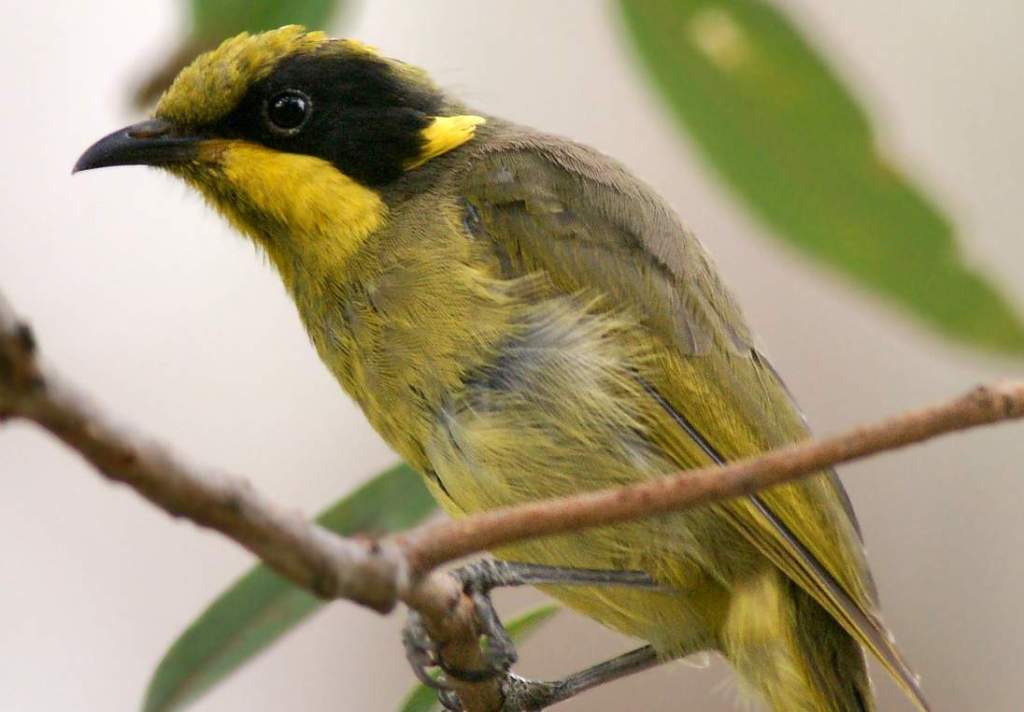
Vocalizations: Yellow honeyeaters are heralded by their loud, cheery calls and scolding chatter. The yellow Honeyeater sound is cheerful, metallic whek-whek in contact calls, chattering, and scratchy jab in alarm calls. The song is rollicking trilling whistles, t-wheee-a, t-wheee-a, often rather piercing.
Identification: Both sexes are similar. The upper parts are a vibrant green-yellow. The wings and tail are quills, dark gray-brown, edged externally with brilliant yellow and internally with buff. The line above and below the eye is bright saffron-yellow; the lores and ear coverts are dark grey-green; the faint stripe on the side of the throat is green-yellow. Underparts are bright saffron-yellow and darker, with a green tinge on the sides of the breast and flanks. The eyes are light brown. The bill is dark brown to black; it gapes yellow with no flange. Feet are green-horned to gray. The immature bird is duller than an adult. The bill is paler.
Nesting: Nesting and breeding occur between September and March. Nests are constructed of plant fiber, bark strips, cobwebs, and binding materials. There is a nest lined with fine bark or other soft material; the nest is suspended from the rim to twigs 0 centimeters apart. 5–10 meters above ground in tree or shrub foliage.
Diet: They search busy from the shrub layer to the treetops for nectar in blossoms and insects and fruit among the leaves and branches.
Eggs: The yellow honeyeater lays two eggs; smooth, matt white to pink, thickly blotched with chestnut, red, and purple-grey, particularly at the larger end, forming a zone; oval, about 22 x 16 mm.
Distribution: The yellow honeyeater is found in Northern Queensland, from the Cape York Peninsula to Broad Sound. Common in Eucalypt forests near creeks, riverine vegetation, paperbark swamps, parks, and gardens
Size: The yellow honeyeater measures 170-190 mm long.
Race: There is no race.
Read more: Ruddy Kingfisher! A Perfect Photogenic Bird
